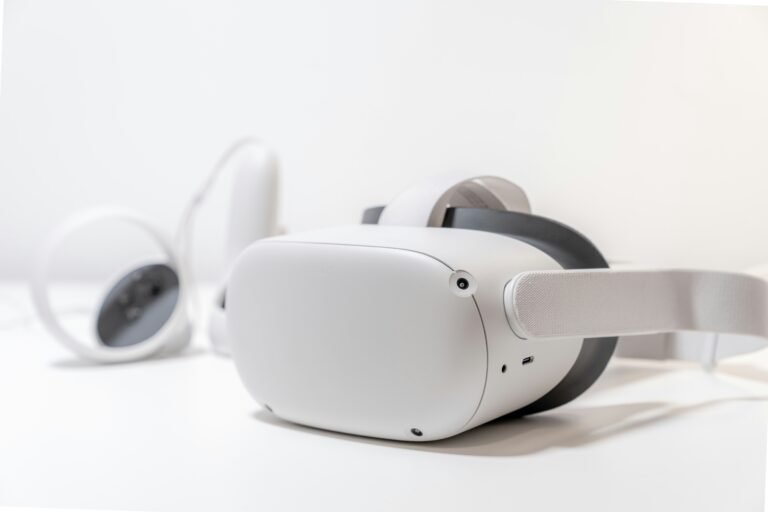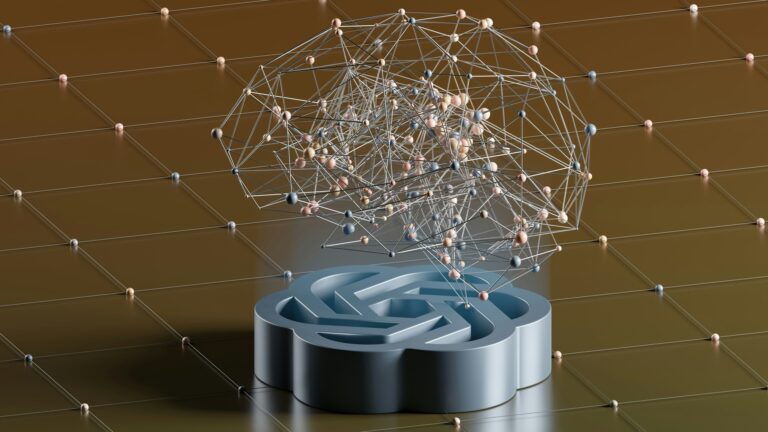
Introduction
Imagine treating chronic diseases like arthritis or diabetes not with pills or surgery, but with tiny devices that communicate with your body’s nervous system to restore health. This is the promise of bioelectronic medicine, an innovative field that merges biology, electronics, and neuroscience to develop targeted therapies. By using implantable or wearable devices to modulate nerve signals, bioelectronic medicine offers precise, personalized treatments with fewer side effects than traditional drugs. This article explores what bioelectronic medicine is, how it works, its real-world applications, current trends, and its potential to transform healthcare, all in an engaging and accessible way.
What is Bioelectronic Medicine?
Bioelectronic medicine is a branch of medical science that uses electronic devices to stimulate or modulate the body’s nervous system to treat diseases and manage symptoms. Unlike pharmaceuticals that affect the entire body, bioelectronic devices target specific nerves or pathways, offering precision and reducing unintended effects. These devices range from tiny implants to wearable sensors, designed to interact with the body’s electrical signals.
Key Components
- Electrodes and Sensors: Detect or stimulate nerve activity to monitor or influence bodily functions.
- Implantable Devices: Small, biocompatible devices placed inside the body to deliver targeted electrical pulses.
- Wearable Technology: External devices, like patches, that monitor or stimulate nerves non-invasively.
- Control Systems: Software or AI algorithms that analyze data and adjust treatments in real-time.
For example, a bioelectronic implant might stimulate the vagus nerve to reduce inflammation in rheumatoid arthritis, offering relief without drugs.
How Bioelectronic Medicine Works
Bioelectronic medicine leverages the body’s nervous system, which acts like a communication network, sending electrical signals to control functions like heart rate, digestion, and immune responses. Here’s a simplified process:
- Mapping Neural Pathways: Scientists identify nerves linked to specific conditions, such as the vagus nerve for inflammation.
- Device Deployment: A device, either implanted or worn, delivers precise electrical pulses to stimulate or inhibit nerve signals.
- Data Monitoring: Sensors collect data on the body’s response, such as reduced inflammation or stabilized heart rate.
- Feedback and Adjustment: AI or software analyzes data to optimize stimulation, ensuring personalized treatment.
For instance, a patient with epilepsy might use an implanted device that detects abnormal brain activity and delivers pulses to prevent seizures.
Real-World Applications of Bioelectronic Medicine
Bioelectronic medicine is transforming healthcare by offering novel treatments for a range of conditions.
Chronic Pain Management
Bioelectronic devices like spinal cord stimulators deliver electrical pulses to block pain signals. For example, Medtronic’s stimulators help patients with chronic back pain avoid opioid dependency by targeting spinal nerves.
Neurological Disorders
Devices like deep brain stimulators treat conditions such as Parkinson’s disease and epilepsy. In Parkinson’s, implants stimulate brain regions to reduce tremors, improving quality of life for patients like those treated with Boston Scientific’s Vercise system.
Inflammatory Diseases
Bioelectronic medicine targets inflammation in diseases like rheumatoid arthritis and Crohn’s disease. SetPoint Medical’s vagus nerve stimulator reduces inflammation by modulating immune responses, offering an alternative to immunosuppressive drugs.
Cardiovascular Health
Bioelectronic devices regulate heart conditions. For instance, implantable cardioverter-defibrillators (ICDs) monitor heart rhythms and deliver shocks to correct dangerous arrhythmias, saving lives in patients with heart failure.
Metabolic Disorders
Emerging bioelectronic therapies target diabetes by stimulating nerves that regulate insulin production. Research from the Feinstein Institutes shows vagus nerve stimulation can improve glucose control, reducing reliance on insulin injections.

Current Trends in Bioelectronic Medicine
As of June 2025, bioelectronic medicine is advancing rapidly, driven by technological and medical breakthroughs. Here are key trends:
Miniaturization of Devices
Advances in microelectronics are creating smaller, less invasive implants. Companies like Neuralink are developing tiny, wireless devices that can be implanted with minimal surgery, improving patient comfort and adoption.
AI Integration
Artificial intelligence enhances bioelectronic devices by analyzing neural data in real-time. For example, AI-powered implants can adapt stimulation patterns to optimize treatment for epilepsy, as seen in Neuropace’s RNS System.
Non-Invasive Solutions
Wearable bioelectronic devices, like nerve-stimulating patches, are gaining popularity. Cala Health’s wrist-worn device for essential tremor delivers targeted stimulation non-invasively, offering a surgery-free option.
Closed-Loop Systems
Closed-loop bioelectronics monitor and respond to the body’s signals in real-time. For instance, responsive neurostimulation devices detect seizure activity and deliver immediate counter-stimulation, improving outcomes for epilepsy patients.
Personalized Medicine
Bioelectronics is moving toward tailored therapies. Machine learning analyzes patient data to customize stimulation parameters, ensuring treatments match individual needs, as seen in research from the Bioelectronics Medicine Initiative.
Benefits of Bioelectronic Medicine
Bioelectronic medicine offers compelling advantages:
- Precision: Targets specific nerves, minimizing side effects compared to drugs.
- Personalization: Devices can be programmed for individual patient needs.
- Reduced Dependency: Offers alternatives to long-term medication use, lowering risks like addiction.
- Real-Time Monitoring: Provides ongoing data to optimize treatment and track health.
- Innovation: Opens new treatment avenues for conditions resistant to traditional therapies.
Challenges of Bioelectronic Medicine
Despite its potential, bioelectronic medicine faces obstacles:
- Cost and Accessibility: Implants and advanced devices are expensive, limiting access in low-income regions.
- Surgical Risks: Implantable devices require invasive procedures, posing risks like infection.
- Battery Life: Many devices rely on batteries, necessitating replacements or recharges.
- Regulatory Hurdles: Strict medical regulations slow the approval of new devices, delaying patient access.
- Data Privacy: Devices collecting health data must ensure robust cybersecurity to protect sensitive information.
Addressing these challenges requires investment in research, affordable technologies, and regulatory streamlining.
The Future of Bioelectronic Medicine
Bioelectronic medicine is poised to redefine healthcare by 2030, with transformative potential:
- Wider Applications: Therapies for mental health conditions like depression or anxiety could emerge, building on vagus nerve stimulation trials.
- Seamless Integration: Devices will become smaller and more integrated with the body, resembling natural systems.
- Global Access: Advances in manufacturing could lower costs, making bioelectronics available in developing nations.
- Hybrid Therapies: Combining bioelectronics with gene therapy or nanomedicine could enhance treatment efficacy.
Continued collaboration between researchers, engineers, and healthcare providers will ensure bioelectronic medicine reaches its full potential.

Conclusion
Bioelectronic medicine is revolutionizing healthcare by harnessing the body’s nervous system to treat diseases with unprecedented precision. From managing chronic pain to controlling epilepsy and inflammation, its applications are vast and growing. As trends like AI integration, miniaturization, and non-invasive solutions drive progress, bioelectronic medicine promises a future where treatments are safer, more personalized, and less reliant on drugs. By overcoming challenges like cost and accessibility, this technology can transform lives, offering hope to millions with chronic and complex conditions.



